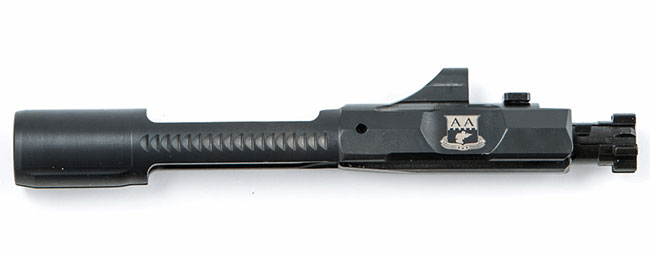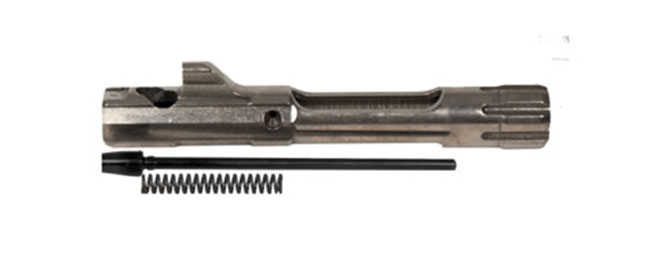Direct Impingement or Piston-Driven ARs? | The Marvelous Modern Sporting Rifle
Welcome to NSSF’s new column, “The Marvelous Modern Sporting Rifle.” We created this column because today’s amazing MSRs represent a combination of technology, innovation and a flexibility not seen in other rifle platforms. Often a family of firearms that is associated inaccurately with military assault weapons, MSR’s have achieved an iconic status among civilian firearms owners much like the Colt 1911s, Winchester ’94s and Remington 870s that came before it: It is the new normal in firearms ownership. Compete with one, target shoot for fun with one, defend your home or hunt with one. Indeed, it begs the question “What can’t it do?” and that’s why hundreds of thousands of these rifles are sold each year.
In the months to come, we’ll explore the ins and outs of these wonderful long-gun platforms, all the things you can do with them, the best manufacturers in the business, accessories that bring out the best in your MSR and more. But today, since every column like this needs a place to start, we’re going to do just that with a discussion about the most popular of MSRs — the AR-platform rifle — and the one thing anyone buying an AR rifle has to decide first: Should your rifle’s action be direct impingement or piston-driven?
By Scott E. Mayer
In my 30-ish years of being in the firearms industry, I cannot think of a modern sporting rifle more versatile or uniquely customizable than the AR. And it’s just that versatility and ability to be customized that suits the customized, personalized world in which we live today.
Prior to considering the bevy of unique MSR personalizing options, however, you have to start with a foundation: What type of operating system they should get. While there are several types of MSR operating systems, especially considering the number of boutique makers trying to make theirs stand out from the crowd, on the AR the two main ones are direct impingement and piston-driven. Both systems utilize the expanding cartridge gases to cycle the rifle for each shot, and both systems utilize a small hole in the barrel called a “gas port” to tap that gas after the bullet passes the port — they just use the gas differently.
How Each Action Works
With the direct impingement system, expanding gas flows through the gas port into a gas block and then forcefully down a small gas tube running along the top of the barrel. The end of the gas tube mates to a part called the “gas key” that is attached to the bolt carrier group. The gas “impinges” the gas key, where the gas pressure is put to work unlocking the bolt and causing the action to begin its ejection and reloading cycle.
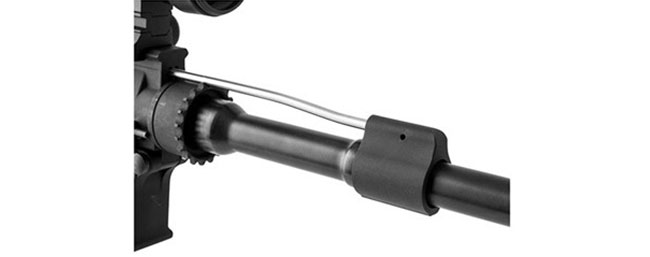
In a direct-impingement system, gas is tapped from the barrel through a gas port, passes through a gas block and down the gas tube that runs along the top of the barrel.
In a piston-driven AR, the expanding gas flows through the gas port into a piston cylinder, where the gas expands against the face of a solid piston rod. That rod runs the length of the barrel and moves backward a short distance under gas pressure. Once the piston has moved a predetermined amount, gas bleeds out of the piston cylinder, relieving the pressure and allowing the piston to return to its original position. Instead of a gas key, the bolt carrier group has a small lug the piston rod strikes, and that’s what causes the bolt to unlock and the action to begin its ejection and reloading cycle.
Is One Better Than the Other?
Many, especially first-time MSR buyers, would ask what’s the big deal. Both systems use gas in their respective ways to cause the bolt to unlock and the bolt carrier group to mechanically cycle and load a new round. Is one better?
With a quality MSR from a name-brand manufacturer you shouldn’t have a problem with either, but both have their pros and cons.
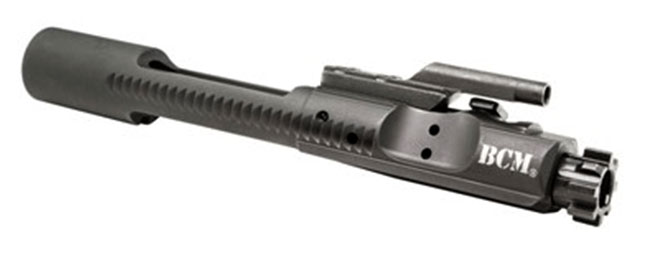
The bolt-carrier group on a direct-impingement rifle has a gas key on top that mates with the gas tube.
Many shooters point out the fact that the AR platform was originally designed to use the direct impingement system. They’ll also note that though there are conversion kits, you generally can’t simply swap out gas tube parts for piston parts and have a reliably working gun. For one thing, a piston can exaggerate a condition called “bolt carrier tilt” in which the piston striking the lug on the bolt carrier causes the rear of the carrier to “tilt,” retarding its movement, imparting off-axis force and increasing wear. There are aftermarket parts such as modified bolt carriers and buffers, as well as gunsmithing techniques, to reduce or eliminate tilt, but the trend is to design and offer ARs that natively use pistons instead of converting.
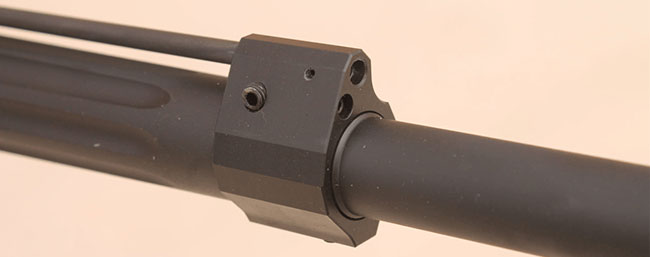
There are both direct impingement (pictured) and piston-driven guns with adjustable systems for optimal performance.
Piston Pros and Cons
Piston gun pros are generally considered more reliable because they are less susceptible to variations in ammunition. Because you’re not introducing propellant gases into the operating system, piston gun also absolutely run cleaner than direct impingement actions, and some would say cooler.
On the cons side, piston gun cons have more moving parts that can malfunction. They generally cost more money, and because they use a solid piston rod instead of a hollow tube, are heavier in the fore-end. Some argue that the movement of the piston makes these MSRs inherently less accurate. Piston systems are also not necessarily standardized, making replacement parts a possible issue.
Direct Impingement Pros and Cons
Direct impingements are generally less expensive, lighter in the fore-end and most would say more accurate than their piston-driven counterparts. Direct impingements today make up the bulk of ARs on the market, and that means there is greater parts interchangeability. It is the longest-serving service rifle design in U.S. history, and that speaks to its reputation for reliability.
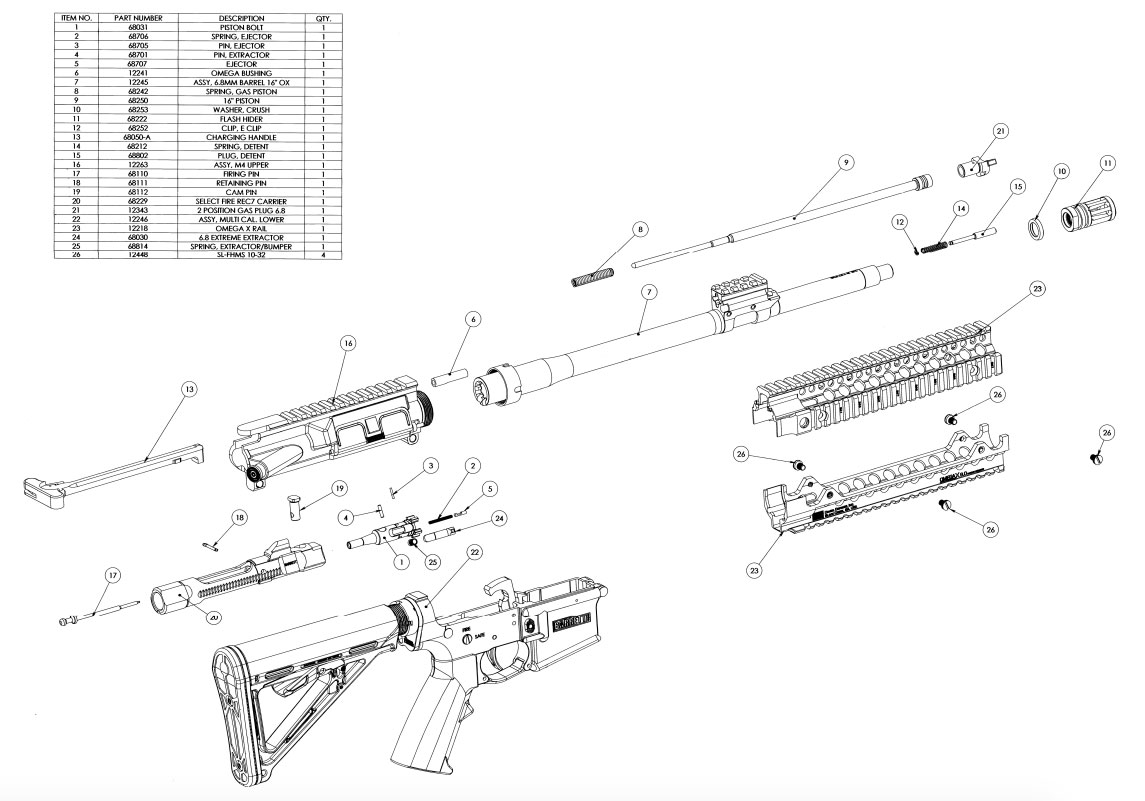
Though there are a lot of parts to a modern sporting rifle, there are fewer in the direct-impingement system.
Direct impingements do have a downside or two. They introduce fouling into the action directly where cartridges are fed into the firing system so they’re “dirtier” and need more lubricant for reliable functioning. And because you’re introducing that hot gas into the firing system, the gun gets hotter quicker. If you use a suppressor, the additional blowback caused by the suppressor exacerbates the fouling.
Which One’s Right for You?
If you’re still sweating direct impingement or piston, don’t, because ARs like most MSRs are nearly infinitely customizable. You can have both style uppers — one a native direct impingement and the other a native piston. They swap out with the push of two pins, and then you have the best of both worlds.
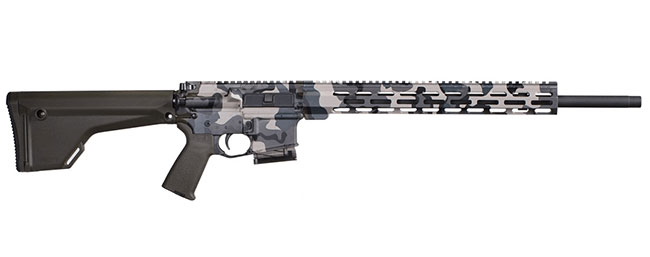
With well-made, name-brand modern sporting rifles, the difference between direct impingement and piston-driven boils down to personal preference.
https://www.letsgoshooting.org/2014/08/19/demystifying-the-modern-sporting-rifle/
